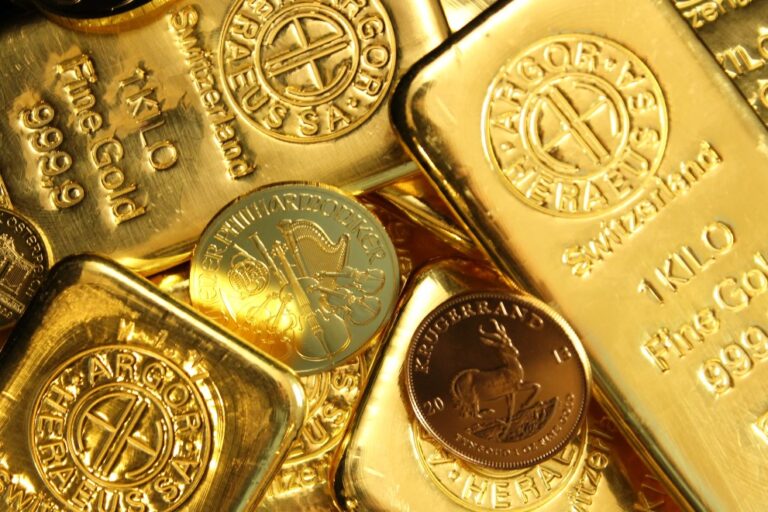It is the most valued safe haven asset, especially because of its ability to resist inflation. We are talking about gold, of which as is well known there are different types. But which gold costs the most?
Table of Contents
Which gold costs the most?
To understand which gold costs the most, we need to understand what carats are and how the purity of this precious metal is measured.
Basically, gold is a fairly soft metal. To make it stronger and more durable, an amount of other metals are added. These can vary, although we generally tend to add copper or silver.
Whatever the alloy, however, the percentage of other metal contained in the alloy itself is generally expressed through carats.
Therefore, 24 karat gold has a different value than 18 karat. Other designations that indicate the degree of purity are the figures 750 and 999, which correspond to 18 and 24 carats, respectively.
Below are the possible carats and the relative percentage of gold contained in the alloy:
- 9 karat: 37.50% gold;
- 14 karat: 58.33%;
- 18 karat: 75%;
- 22 karat: 91.66%.
- 24 karat: 99.99%.
Although 18 karat gold is widely used in jewelry, the gold that costs the most and is most valuable is 24 karat. The reason is quickly explained. This alloy has the largest percentage amount of gold. This is the carat used in the production of products typically purchased for investment purposes: gold bars.
It therefore represents the most valuable alloy. However, it is rarely used for jewelry production. As mentioned, 18 karat is often used, with a gold percentage of 75%. This is because 24 karat, despite its purity, is inflexible and excessively delicate.
Similarly, 22-karat gold is also little used in jewelry, which is also unsuitable for the production of precious jewelry. 22 karat, with a purity of about 91 percent, is often used to strike gold coins.
Read also: What is driving gold prices in relation to inflation? An analysis
Which gold costs more? The difference between yellow, red and white gold
As is well known, in addition to the different carat, gold also comes in different variants. The one most widely used in jewelry is the yellow variant, but there are also red and white gold. And indeed, recently a new alloy, the pink alloy, made from copper and gold, has been gaining popularity.
Since there are various colors of this precious metal, the question arises as to which gold costs more and is of greater value between yellow, red or white. However, the different color does not depend on the value of gold itself, but on the metals in the alloy. So, the various colorations of gold do not have different values.
Once again, the only parameter that is indicative of the value of gold is carat. Whatever the color, therefore, it is necessary to refer to the carat and the percentage of gold contained within the alloy to determine the value.
How to identify the carats and value of gold
Now that we have figured out which gold costs more and how to identify the alloy of precious metal that has a higher value, it only remains to understand how to identify the degree of purity of the jewelry or object in our possession.
Carat, especially in jewelry, is indicated in what is known as hallmarking. This is an actual mark, which is generally given on the inside of the object.
The hallmarking expresses the carats or the percentage of gold contained in the alloy. If, for example, we find stamped inside the jewelry the signal “750” or “18k,” we are dealing with an object made of 18-karat gold.
Read also: What are Safe Haven Assets, the investments that offer protection in times of uncertainty












